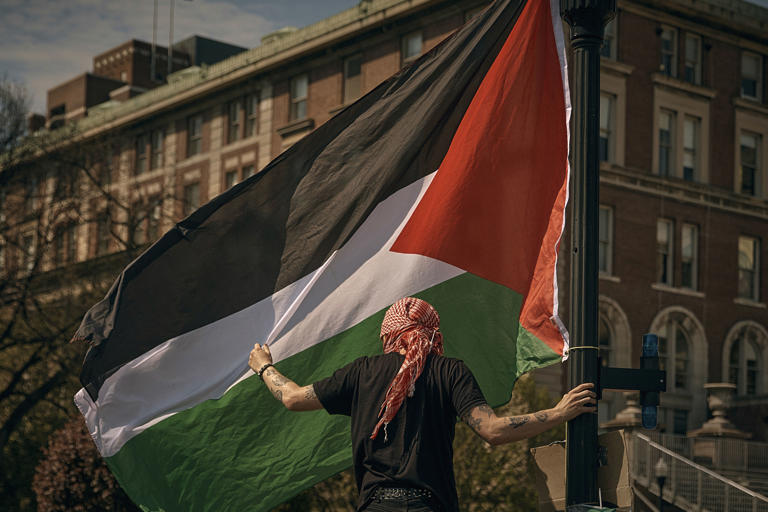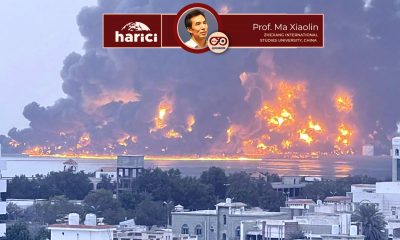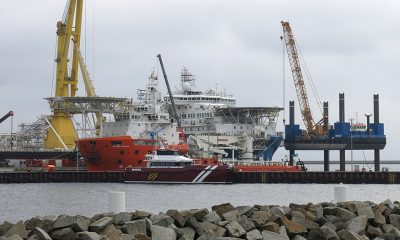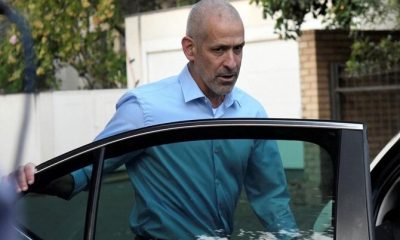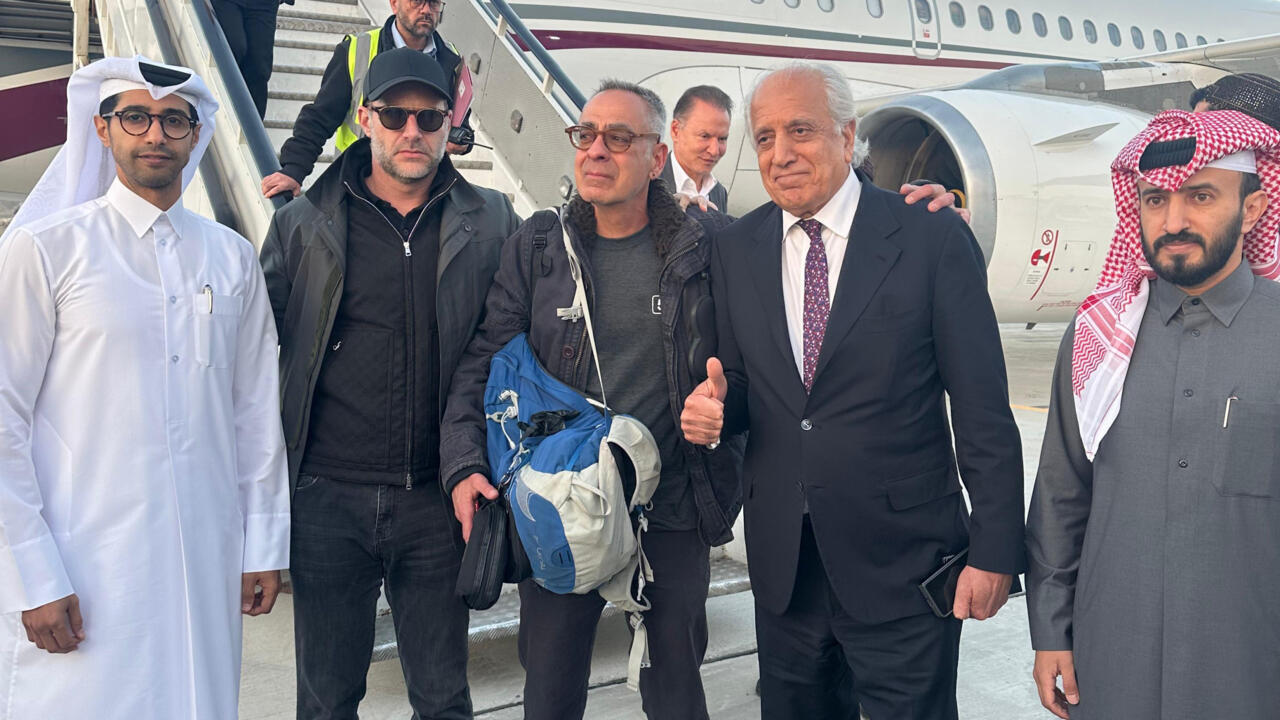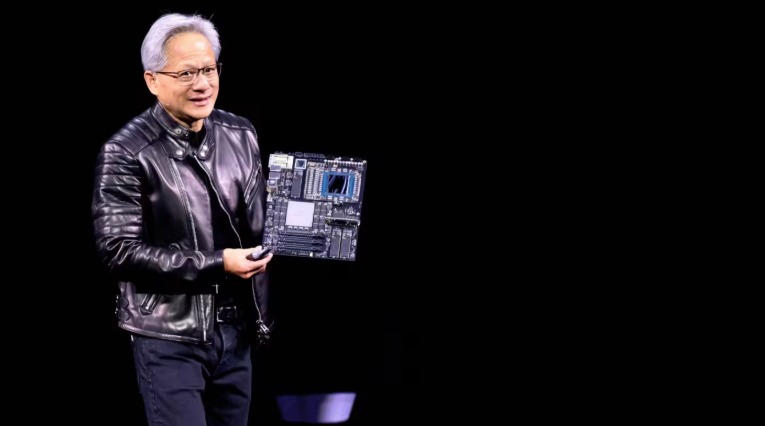The pro-Palestinian protests on US university campuses and the crackdown on demonstrators continue.
On Monday, protesters and police clashed at the University of Texas. At least 40 protesters were arrested on charges of ‘trespassing’ and ‘disorderly behaviour’ during the police assault on the Austin campus.
Some of those arrested were dragged away by riot police.
Another group of protesters surrounded the police and arrest vehicles, and law enforcement officers used tear gas and sound bombs to disperse the crowd.
The university issued a statement late on Monday claiming that many of the protesters were not affiliated with the school and that camping on campus was prohibited. The school also claimed that some protesters were ‘physically and verbally fighting’ with university staff and that the authorities had called in the police.
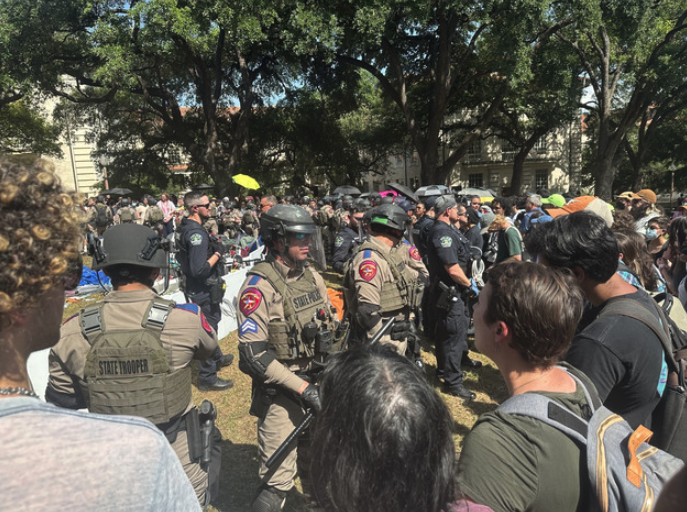
Building occupied during Vietnam War protests reoccupied
The protests in Texas and on other campuses were inspired by demonstrations that began and continued at Columbia University. On Monday, students at Columbia’s Manhattan campus protested a 2pm deadline to leave an encampment of about 120 tents.
Officials said that if the protesters left by the deadline and signed a form pledging to abide by university policies until June 2025, they could finish the semester ‘in good standing’; otherwise, they would be suspended pending further investigation.
In response, hundreds of protesters continued to march in the courtyard. A group of counter-demonstrators waved Israeli flags and one carried a banner that read “Where are the anti-Hamas slogans?
Columbia University later announced that protesters had occupied Hamilton Hall early on Tuesday. The building was occupied by demonstrators in 1968 during anti-Vietnam War protests.
Eyewitnesses said a large group of pro-Palestinian protesters gathered outside the hall, while a smaller group moved inside and barricaded themselves with tables, chairs and vending machines. Video showed demonstrators using hammers to smash windows and then locking the doors from the inside as more protesters cheered them on from outside.
In a public safety alert issued overnight, the university asked students and staff to stay away from the Morningside campus on Tuesday.
“We demand that Columbia divest all of its financial resources, including endowments, from companies and institutions that profit from Israel’s apartheid, genocide and occupation of Palestine. … We will not rest until every one of our demands is met, until every inch of Palestine is free,” a protester told the crowd outside the building.
Protesters unfurled a large banner reading ‘Free Palestine’ from the window of Hamilton Hall. The protesters renamed Hamilton Hall ‘Hind’s Hall’ after the murdered 6-year-old Palestinian girl Hind Rajab.
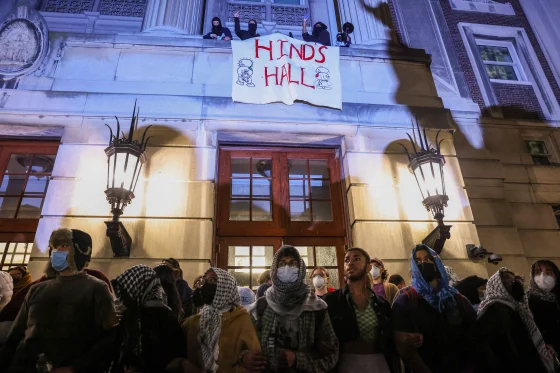
Columbia’s Shafik to testify before Congress
Meanwhile, Columbia University President Minouche Shafik will travel to Washington, D.C. this week to testify before the House Committee on Education and the Workforce. This committee has previously held hearings on ‘anti-Semitism’ and forced the presidents of Harvard University and the University of Pennsylvania to resign.
Wednesday’s hearing is entitled ‘Columbia in Crisis: Columbia University’s Response to Anti-Semitism’. On the other hand, the university administration, led by Shafik, has been busy suppressing pro-Palestinian discourse for some time.
Since the 7 October Aqsa Flood operation, the university has suspended student groups that advocate for Palestine, created an ‘anti-Semitism task force’ that students and faculty fear will be used to punish criticism of Israel, and dragged its feet in investigating reports that students were sprayed with chemicals during a campus rally for Gaza.
Earlier this month, Columbia suspended and expelled four students for organising an unauthorised event on Palestine. The university’s action against students organising the ‘Resistance 101’ event, which included supporters of 7 October, was supported by ‘a company run by experienced former law enforcement investigators’.
Within 10 days of the 24 March event, the suspended students were evicted from campus housing and denied access to university buildings, dining halls and health services.
Settlement reached at Northwestern University
As clashes continued at Harvard, the University of Pennsylvania, Yale and other universities, students refused to dismantle their encampments, while at Virginia Commonwealth University riot police attempted to break up an encampment late on Monday, clashing with protesters, using pepper spray and detaining students in plastic handcuffs.
Northwestern University said it had reached an agreement with students and faculty representing the majority of protesters on its campus north of Chicago.
The agreement allows peaceful demonstrations until the end of spring classes on 1 June in exchange for the removal of all but one of the charity tents and the restriction of the demonstration area to students, faculty and staff unless otherwise approved by the university.
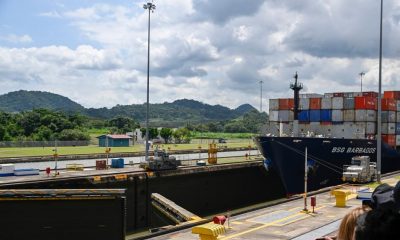
 DIPLOMACY2 weeks ago
DIPLOMACY2 weeks ago
 DIPLOMACY2 weeks ago
DIPLOMACY2 weeks ago
 ASIA2 weeks ago
ASIA2 weeks ago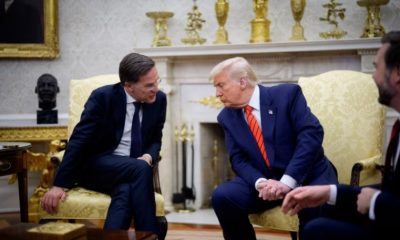
 EUROPE6 days ago
EUROPE6 days ago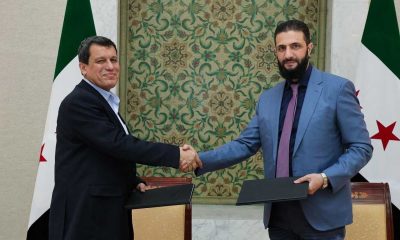
 MIDDLE EAST2 weeks ago
MIDDLE EAST2 weeks ago
 AMERICA2 weeks ago
AMERICA2 weeks ago
 EUROPE2 weeks ago
EUROPE2 weeks ago
 ASIA1 week ago
ASIA1 week ago
